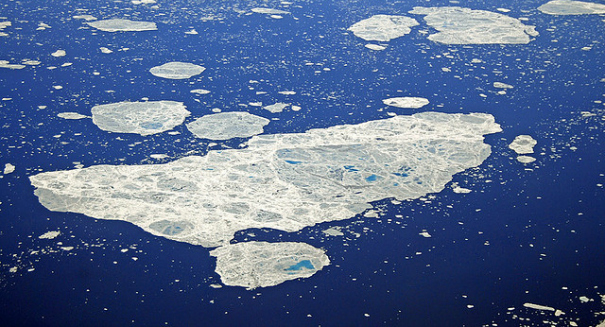
The report notes that conditions in the Arctic were a principal story of 2012, with the region enduring extraordinary change and smashing several records.
According to the 2012 State of the Climate report released by the American Meteorological Society, 2012 was one of the 10 warmest years on record globally. Hundreds of scientists from 52 countries contributed to this report. The report offers a comprehensive update on global climate indicators, important weather events and other data gathered by environmental tracking stations and instruments positioned on land, sea, ice and sky.
“Many of the events that made 2012 such an interesting year are part of the long-term trends we see in a changing and varying climate — carbon levels are climbing, sea levels are rising, Arctic sea ice is melting, and our planet as a whole is becoming a warmer place,” said NOAA Administrator Dr. Kathryn D. Sullivan, in a NOAA news release. “This annual report is well-researched, well-respected, and well-used; it is a superb example of the timely, actionable climate information that people need from NOAA to help prepare for extremes in our ever-changing environment.”
The report notes that conditions in the Arctic were a principal story of 2012, with the region enduring extraordinary change and smashing several records. Sea ice diminished to its smallest “summer minimum” extent since satellite tracking started 34 years ago. Also, more than 97 percent of the Greenland ice sheet revealed some type of melt during the summer, four times larger than the 1981-2010 average melt extent.
The report utilized numerous climate indicators to monitor and detect changes and general trends to the global climate system. These signs include greenhouse gas concentrations, temperature of the lower and upper atmosphere, cloud cover, sea surface temperature, sea-level rise, ocean salinity, sea ice extent and snow cover.
Some of the report’s more interesting findings:
- Greenhouse gases rise: Significant greenhouse gas concentrations, including carbon dioxide, methane, and nitrous oxide, continued to climb during 2012.
- Arctic sea ice extent reaches record low: The Arctic continued to warm at approximately twice the rate compared to the lower latitudes. Minimum Arctic sea ice extent in September and Northern Hemisphere snow cover extent in June each arrived at new record lows.
What do you think of the 2012 State of the Climate report? Share your thoughts in the comments section.
Leave a Reply